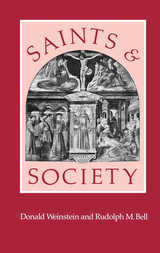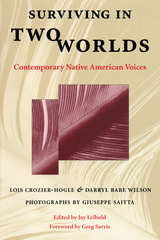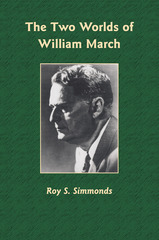


Surviving in Two Worlds brings together the voices of twenty-six Native American leaders. The interviewees come from a variety of tribal backgrounds and include such national figures as Oren Lyons, Arvol Looking Horse, John Echohawk, William Demmert, Clifford Trafzer, Greg Sarris, and Roxanne Swentzell.
Their interviews are divided into five sections, grouped around the themes of tradition, history and politics, healing, education, and culture. They take readers into their lives, their dreams and fears, their philosophies and experiences, and show what they are doing to assure the survival of their peoples and cultures, as well as the earth as a whole. Their analyses of the past and present, and especially their counsels for the future, are timely and urgent.


“Described by José Garcia Villa as America’s ‘greatest short story writer,’ by Alistair Cooke as the ‘the unrecognized genius of our time,’ and by his biographer as ‘one of the most remarkable, talented, and shamefully neglected writers that America has pro- duced,’ William March (1893–1954) is remembered, if at all, for The Bad Seed, which March ironically regarded as his worst work. The emphasis in The Two Worlds of William March is on the literary career, and we get a fairly full picture of a hardworking, oversensitive, compassionate bachelor, who suffered a tragic breakdown late in life . . . [and] whose best long works, Company K and The Looking-Glass, as well as March himself are almost forgotten. . . . Simmonds’s comprehensive, scholarly, and sympathetic study may redress this unwarranted neglect.” —CHOICE
READERS
Browse our collection.
PUBLISHERS
See BiblioVault's publisher services.
STUDENT SERVICES
Files for college accessibility offices.
UChicago Accessibility Resources
home | accessibility | search | about | contact us
BiblioVault ® 2001 - 2025
The University of Chicago Press









